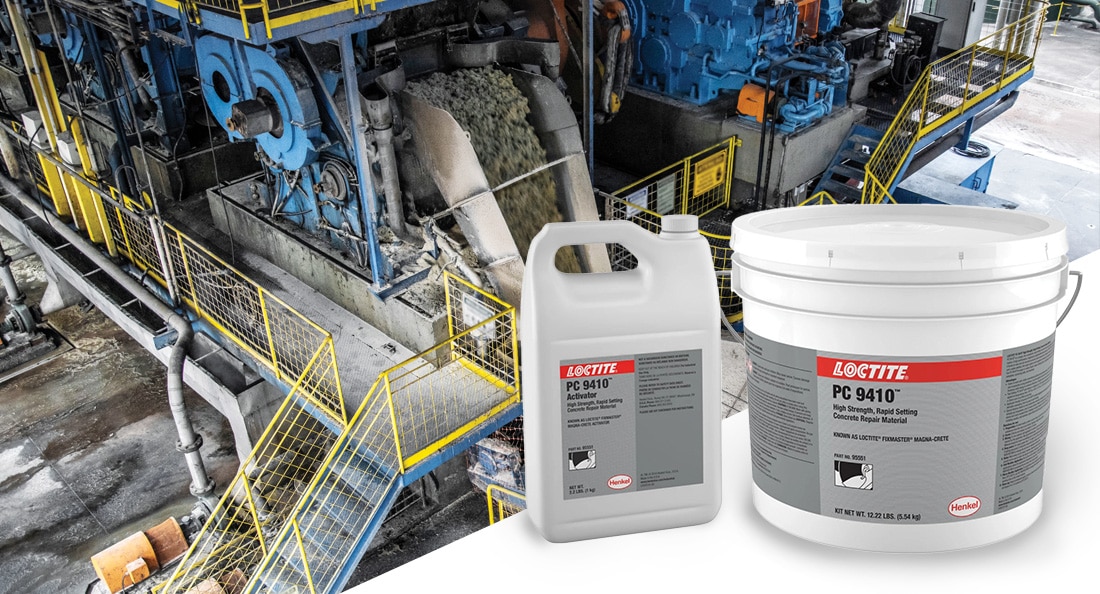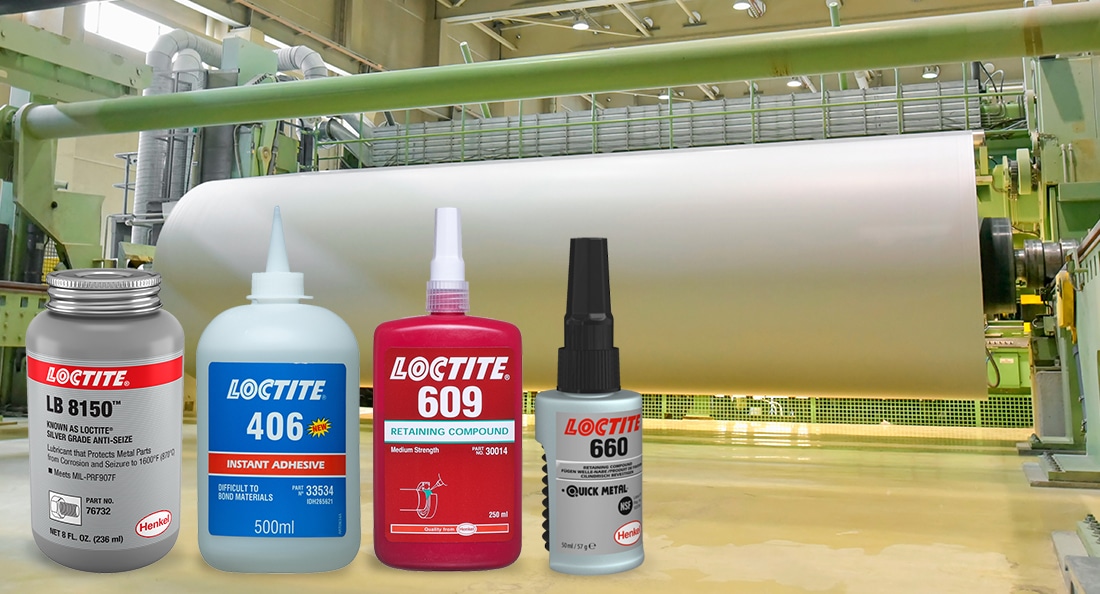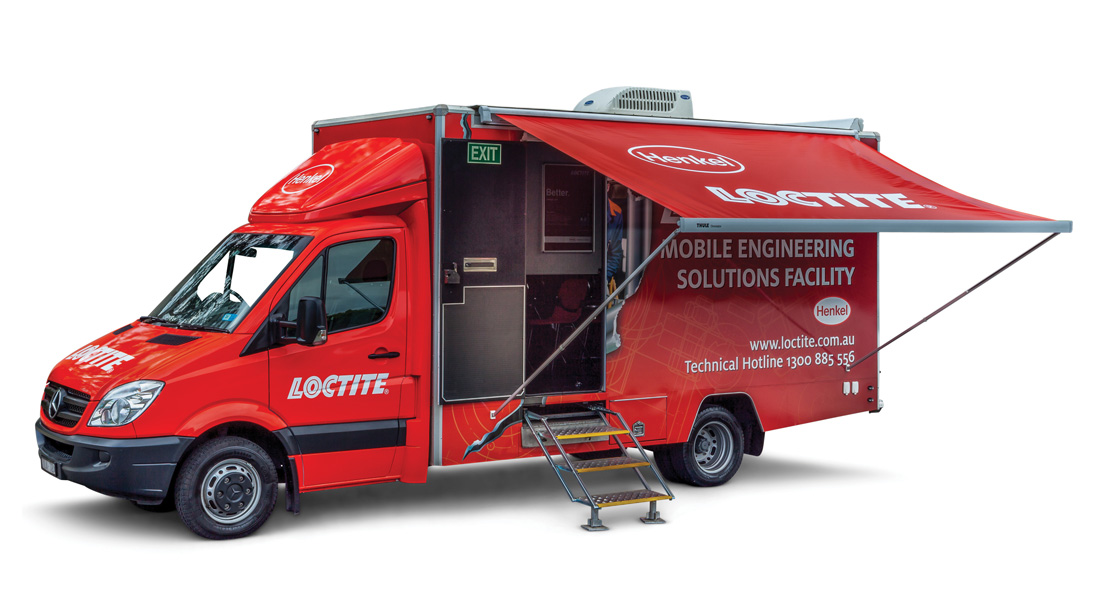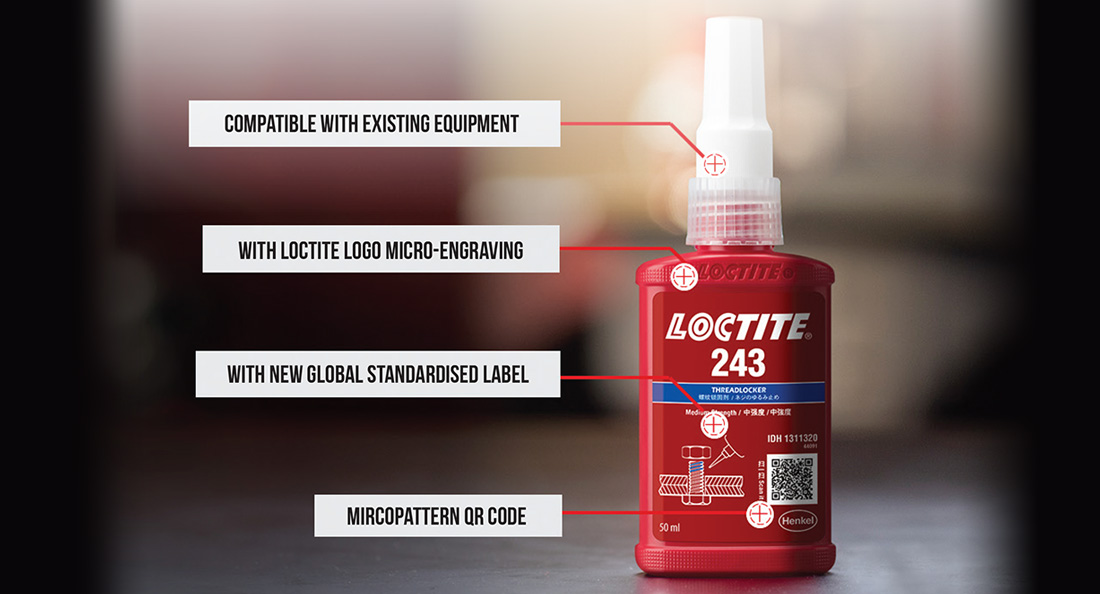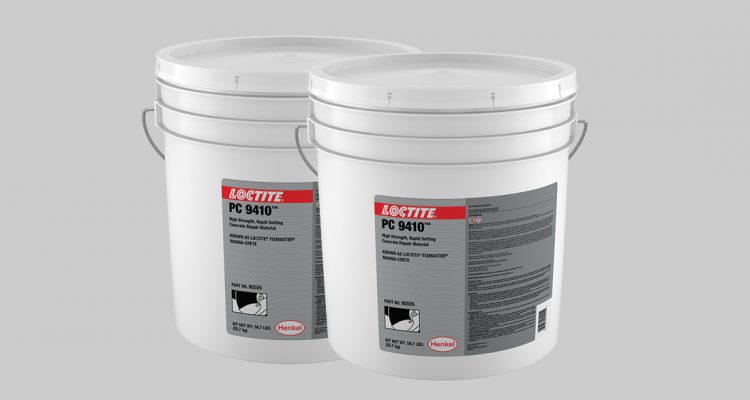26 Oct A refined approach to concrete chemistry
As a valuable commodity, the sugar industry generates around $4 billion for the Australian economy every year. Since the first arrival of the dense fibre and sucrose-rich plant to Australia, sugar cane fields have expanded across the eastern coastline, particularly well-suited to the tropical conditions of Northern New South Wales and Queensland. Referred to in the sugar business as ‘crushing season,’ the sugar cane...

